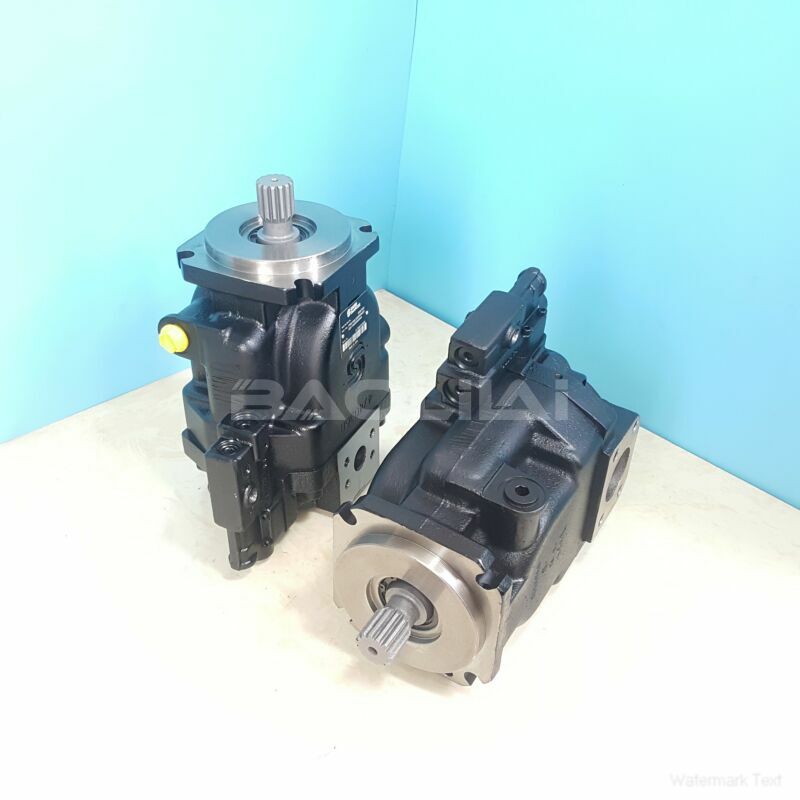FRR090CPC22NNNNN3S1A2A1NNNNNNNNNN hydraulic pump
FRR090CPC22NNNNN3S1A2A1NNNNNNNNNN hydraulic pump

- Product Details
- Applicable Scene
Hydraulic systems are crucial for a wide range of industrial applications, and the performance of hydraulic pumps is key to ensuring the efficiency and reliability of these systems. Sauer Danfoss, as a renowned manufacturer of hydraulic components, provides high-performance hydraulic pumps that are widely used in various machines and equipment. However, like any mechanical system, these pumps can experience failures. This article aims to outline common causes of hydraulic pump failures in Sauer Danfoss systems and the steps to diagnose and fix these issues.
FR-R-090C-PC-22-NN-NN-N-3-S1A2-A1N-NNN-NNN-NNN
FRR090CPC22NNNNN3S1A2A1NNNNNNNNNN
Common Causes of Hydraulic Pump Failures

83031652
Contamination: One of the leading causes of hydraulic pump failure is contamination. Dirt, debris, and moisture can enter the hydraulic system, leading to wear and tear of the pump components. Contaminated hydraulic fluid can also compromise system performance.
Incorrect Fluid Levels: Insufficient hydraulic fluid can cause cavitation, where vapor bubbles form and collapse, creating shock waves that can damage pump components. Conversely, excessive fluid can lead to overheating and increased pressure within the system.
Overheating: Hydraulic pumps operate within a specific temperature range. High ambient temperatures or insufficient cooling can cause the hydraulic fluid to break down, leading to reduced lubrication and increased friction.
Misalignment or Poor Installation: Incorrect alignment during installation can lead to undue stress on the pump shafts and bearings, resulting in premature failure.
Wear and Tear: Continuous operation, especially in demanding conditions, can cause normal wear on the pump components. Regular maintenance is crucial to identify and replace worn parts before they fail.
Diagnosing Hydraulic Pump Failures
To properly diagnose a hydraulic pump failure in Sauer Danfoss systems, follow these steps:
Visual Inspection: Start with a thorough visual inspection of the system. Look for leaks, discoloration of hydraulic fluid, and signs of wear or damage on pump components.





